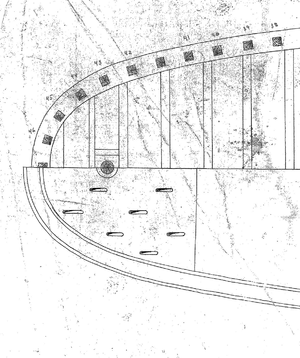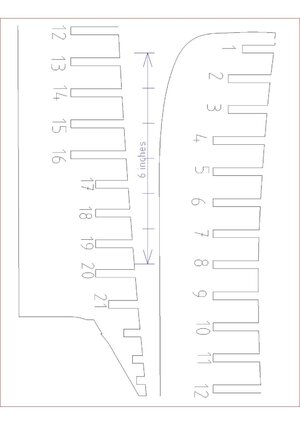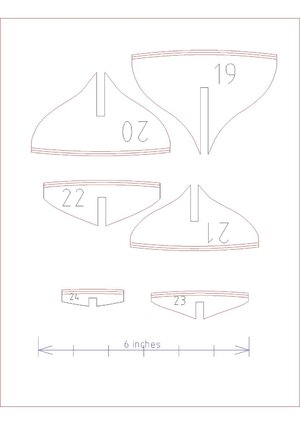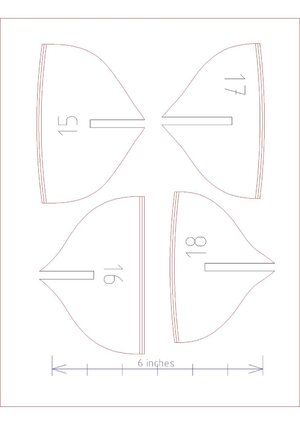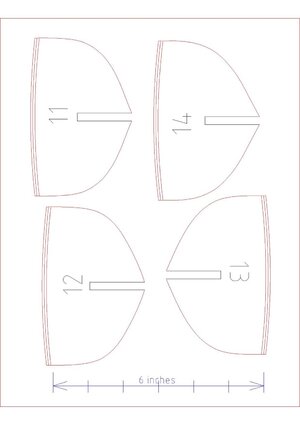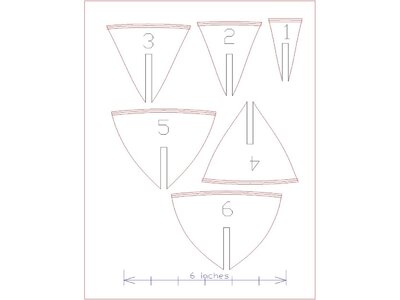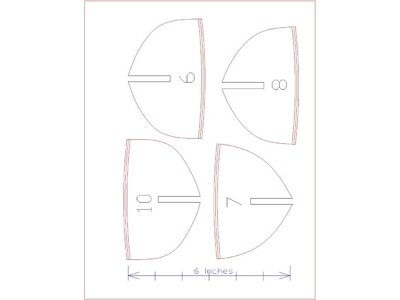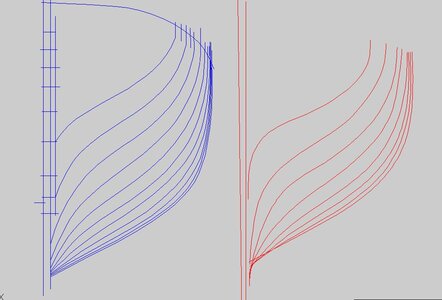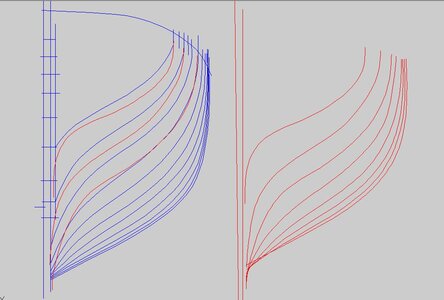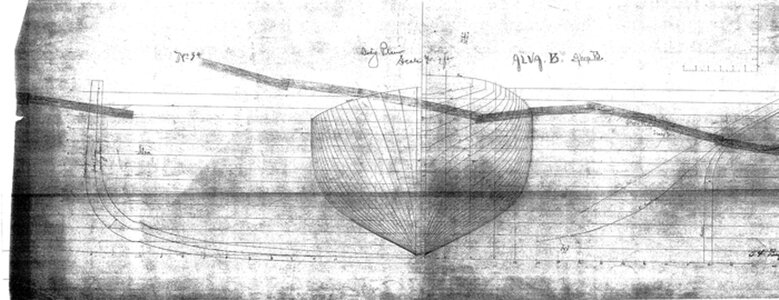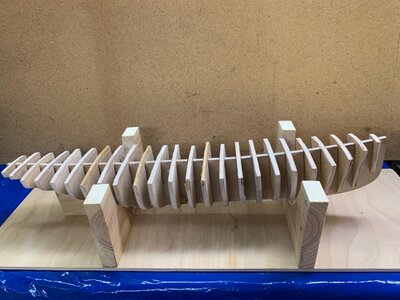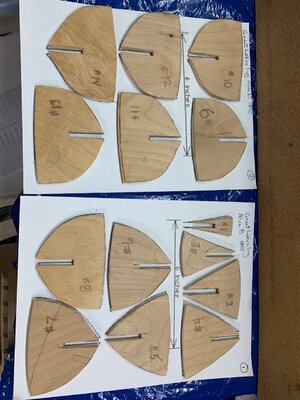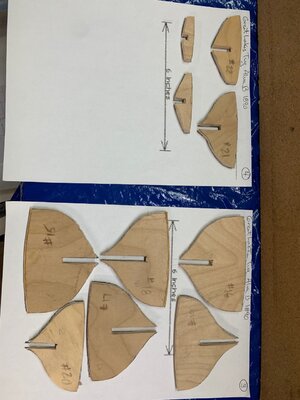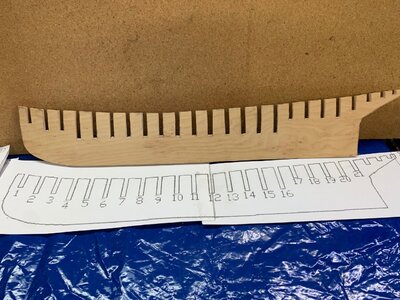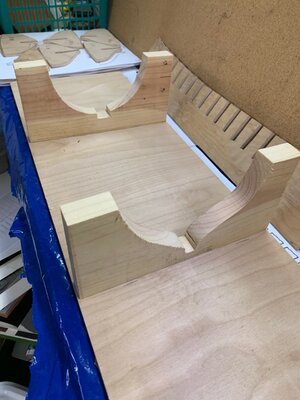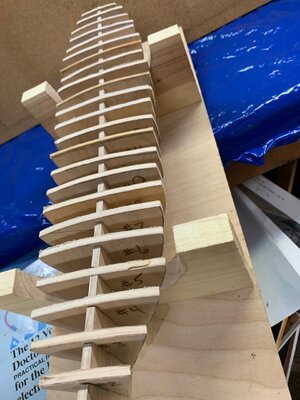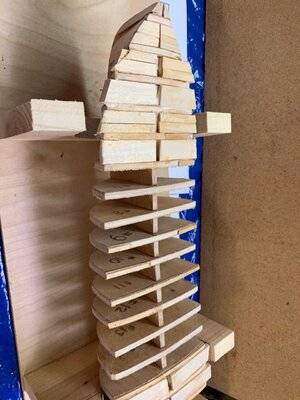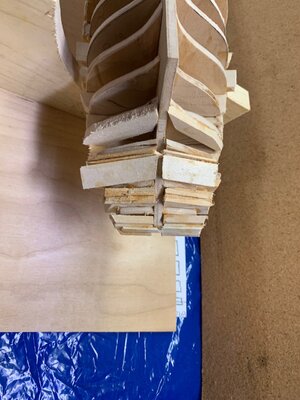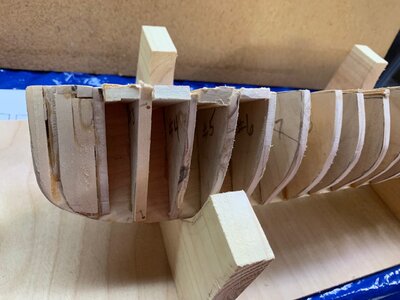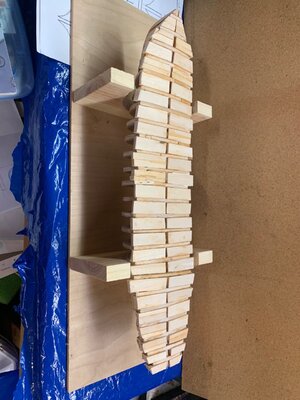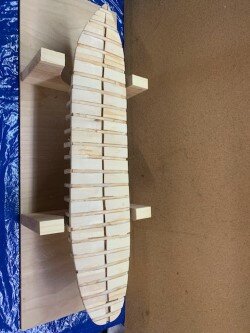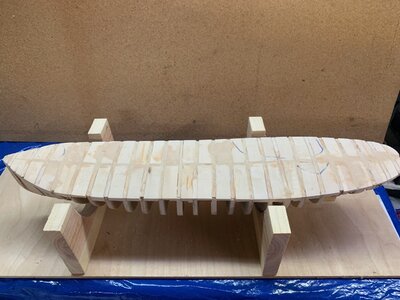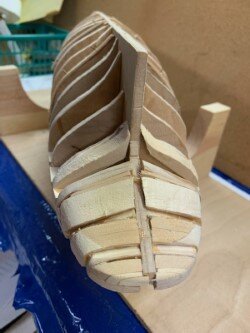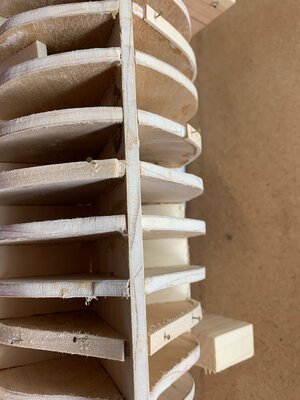here is some general information
Old steam tugs often have crew bunks because they typically ran 24-7. They were needed/used much more frequently back then.
Starting a steam tug takes a bit of time (have to fire the boilers, build pressure, oil engines and etc.) It's a lot different
than a diesel that can be ready to work in relatively short time. So, to be responsive, once the boilers are lit in the spring,
they're typically kept lit and the pressure maintained until they shut them down for winter. So, someone needs to stay on board
for extended periods. The old Edna G. has 4 bunk beds beneath her fantail, two more in her forepeak for the captain as well as a
galley and mess. She also has a head.
Steam tugs always at the ready would have crew on board for long spells. This tug appears to have a separate steam exhaust pipe behind
the stack - some older arrangements had no condenser to return the exhaust steam to boiler feed water. A condenser could be a mechanical
drawback for alll the maneuvering. The boiler also has a large steam dome, to give a ready supply. That big single cylinder would gulp steam
- maybe Clyde puffer-like noises from that exhaust
I’m having a hard time understanding that boiler. It seems like the grate is ahead of the boiler. I also don’t understand the engine,
is it a single expansion?
Single expansion non-condensing, I'd guess - the boiler may be Scotch type with the return flue, so the blue area is the furnace itself
with the stokehold and furnace doors on the right. The horizontal separation between the furnace and the stack isn't shown I guess.
The non-Scotch boiler feature would be that giant steam dome.
definitely odd.
I recall reading about old tugboat boiler explosions caused by boiler "panting". The big single cylinder's action would cause the boiler
to pulse and lead to cracking along the seams. Quite chunky timber around the thrust block supports too.
"Tugs are not meant for long stays out so there is no need for crew quarters."
I'll have to tell that one to my friends who work in the towing business.
Minimum 5 men on a watch more likely 6 to 8 man crew.

